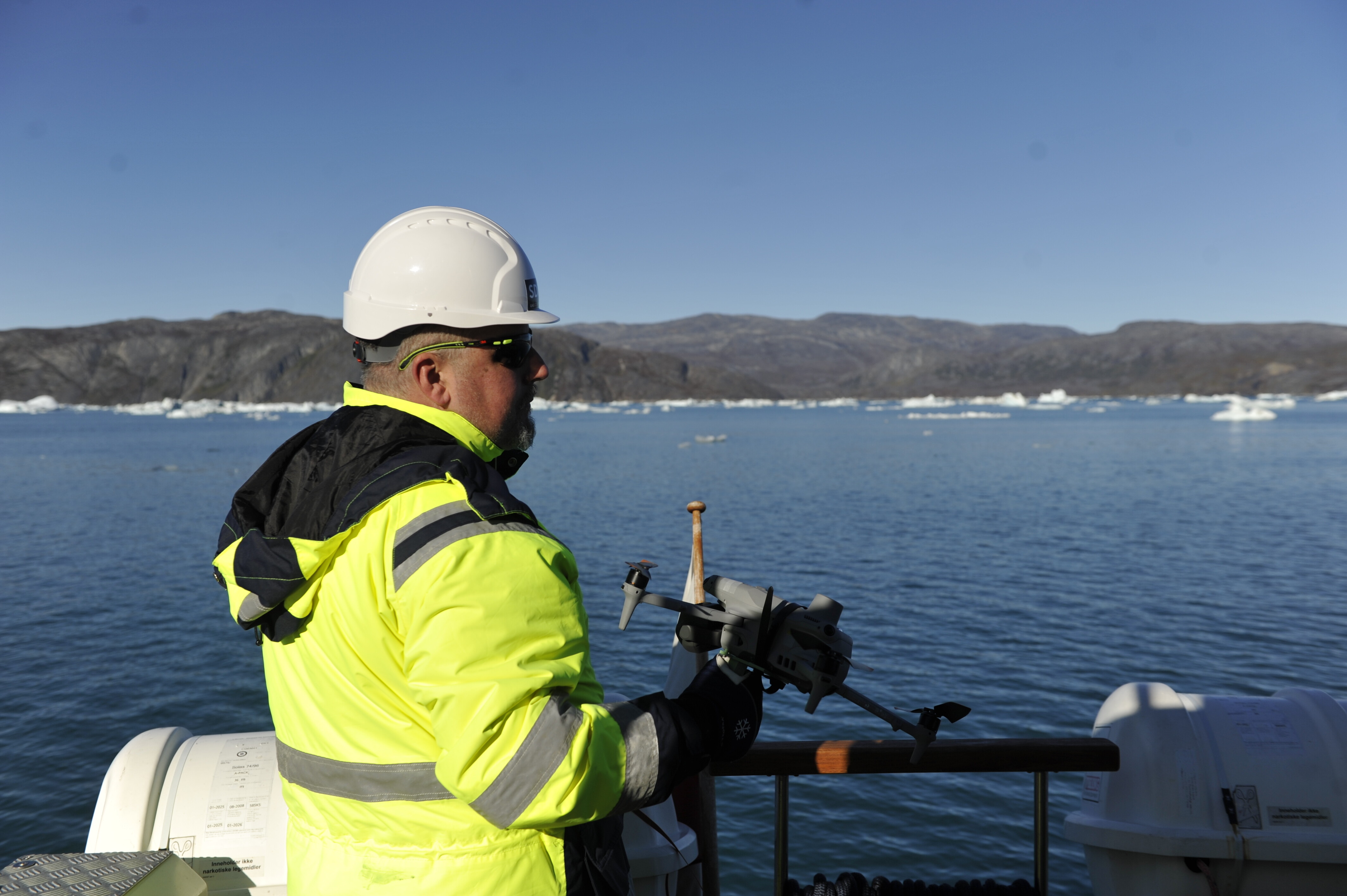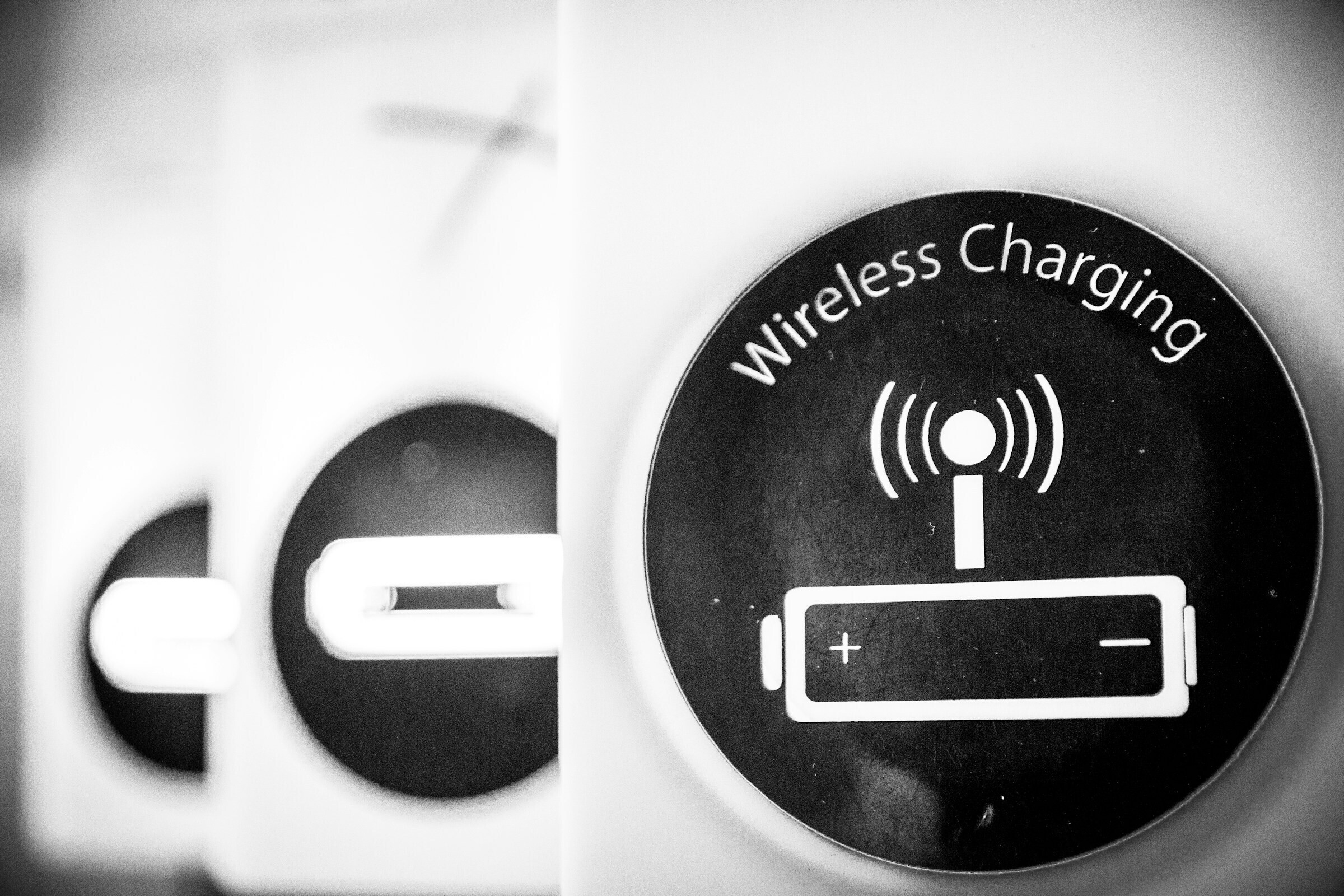How to use drones for development

Unmanned aerial vehicles have populated both the imagination and nightmares of people around the world in recent years. In April, the United States Navy announced an experimental program called LOCUST (Low-Cost UAV Swarming Technology), which officials promise will “autonomously overwhelm an adversary” and thus “provide Sailors and Marines a decisive tactical advantage.” With a name and a mission like that – and given the spotty ethical track record of drone warfare – it is little wonder that many are queasy about the continued proliferation of flying robots.
But the industrial use of the lower sky is here to stay. More than three million humans are in the air daily. Every large human settlement on our planet is connected to another by air transport. DJI, a Chinese UAV manufacturer, is seeking a $10 billion valuation. Cargo drones will grow into an even larger industry in the coming years, simply because, unencumbered by the weight of humans and their life-support systems, they will fly more cheaply but be just as fast and safe.
In rich countries, early interest in cargo drones has focused on the so-called last mile – a tub of sorbet onto a suburban lawn. But the bigger opportunities are in flying the middle mile in poorer countries. Some 800 million people around the world have limited access to emergency services, and that will not change in the foreseeable future, because there will not be enough money to build roads to connect them. By flying medium-size loads middling distances to many of these isolated communities, cargo drones can save lives and create jobs.
Cargo drones embody what Jim Yong Kim, the president of the World Bank, calls the “science of delivery.” We know what we need to deliver: the solutions to many of our most pressing problems already exist. The question is how.
Answering that question is why humanitarians, roboticists, architects, logisticians, and others have joined together in a new initiative called Red Line, a Swiss-based consortium to accelerate development of emergency cargo drones and build the world’s first droneports – in Africa.
It sounds techno-utopian – or at least like a huge waste of resources. After all, the experience of the most successful development organizations suggests that we should be skeptical about advanced technology’s power to bring about meaningful change for the poor. Yes, the falling cost of processing power creates new efficiencies, particularly in smartphones and related sky-fi connectivity. But gadgets are mostly blinking bling. It is boring stuff like low-cost teacher training, community health care, and apprenticeships that produces results for the poor.
That is why many development experts favor “frugal innovation” over technology. The Bangladesh-based BRAC, the world’s largest development NGO, has 1.3 million children enrolled in one-room schools – and hardly a laptop in sight.
So why be optimistic about cargo drones? Silicon Valley speaks the bulldozer language of “disruption,” but one reason to favor cargo drones is precisely that they are not disruptive at all. Instead, they can augment existing distribution networks in remote regions of Africa, Asia, and Latin America where poverty and disease are pervasive, distances are great, and roads will never be built.
Cargo drones are particularly well suited to the so-called local-agent delivery model. Companies and organizations have shown that in hard-to-reach places in Africa and South Asia, women trained as micro-entrepreneurs are often best positioned to deliver essential goods and services to their villages, even if they have limited literacy and formal education. BRAC’s community health workers, for example, work entirely on a micro-franchising basis, making their money from margins on sales of basic commodities like de-worming medication, anti-malarial drugs, and contraceptives.
Though cargo drones will never replace ground transport, they can ensure that vital goods and services get to where they are needed. Mobile phones took off in Africa because the technology was so much cheaper than investment in landline infrastructure. The same can be said today about Africa’s roads. Like the mobile phone, the cargo drone can prove to be the rarest of creatures: a gadget that works for those who need it most.
This article is published in collaboration with Project Syndicate. Publication does not imply endorsement of views by the World Economic Forum.
To keep up with the Agenda subscribe to our weekly newsletter.
Author: J.M. Ledgard, Director of Red Line, is a former Africa correspondent for The Economist and the author, most recently, of the novel Submergence. Scott MacMillan is a senior writer at BRAC, a Bangladesh-based anti-poverty organization.
Image: An official of the Center for Research and Technology Volcanoes Development (BPPTK) releases a drone quadcopter to monitor activity from the Mount Sinabung volcano at Sibintun village in Karo district, North Sumatra province February 4, 2014. REUTERS/Beawiharta.
Don't miss any update on this topic
Create a free account and access your personalized content collection with our latest publications and analyses.
License and Republishing
World Economic Forum articles may be republished in accordance with the Creative Commons Attribution-NonCommercial-NoDerivatives 4.0 International Public License, and in accordance with our Terms of Use.
The views expressed in this article are those of the author alone and not the World Economic Forum.
Stay up to date:
Infrastructure
Related topics:
Forum Stories newsletter
Bringing you weekly curated insights and analysis on the global issues that matter.
More on Emerging TechnologiesSee all
Wesley Spindler, Laura Fisher and Luna Atamian Hahn-Petersen
November 18, 2025






